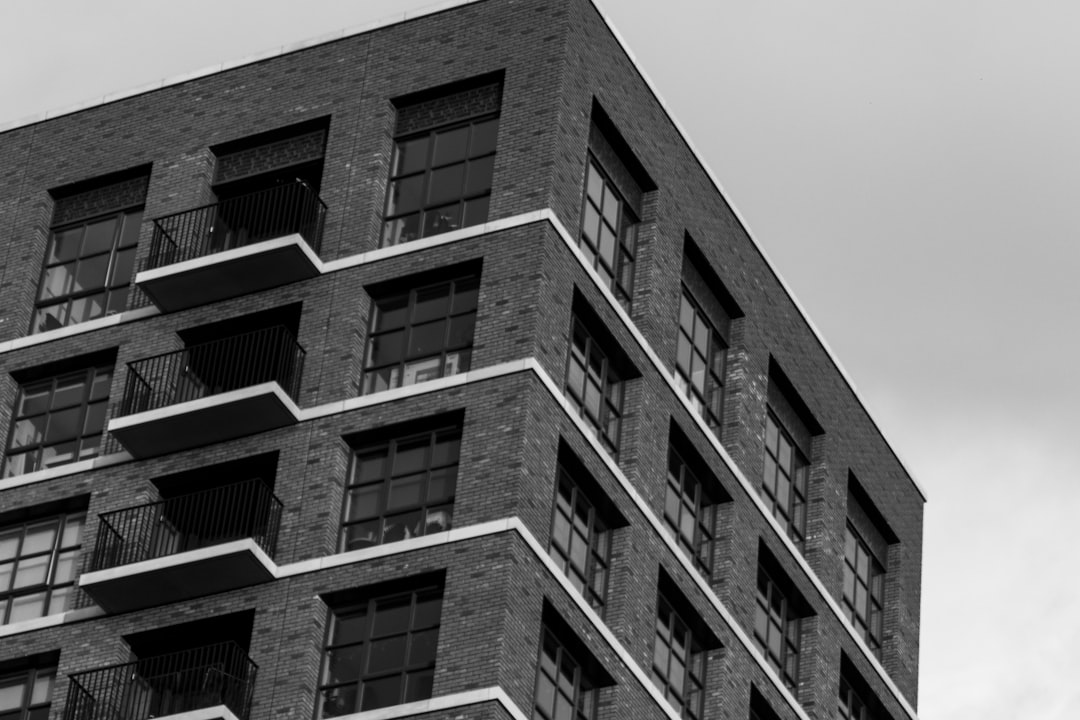
In residential construction, profit is more than what is left in the bank after a project closes. It is the oxygen that funds growth, rewards teams, and secures future work. Industry surveys show that the home builders average profit margin hovers between 6 % and 10 %, yet the spread between top and bottom performers can exceed 15 %. In other words, getting margin right is often the difference between a thriving firm and one surviving from draw to draw. This article explains how CountBricks helps residential builders track, protect, and expand their margins with data-driven estimating and AI-powered workflows.
Before you can improve profit, you must understand where you stand. Traditional rule-of-thumb markups—add 10 % to labor, 20 % to materials—no longer hold when lumber futures shift weekly and subcontractor rates tighten overnight. CountBricks aggregates real-time material pricing from national suppliers and regional yards, letting you benchmark your assumed costs against live data at estimate creation. With every quote stored in your CountBricks dashboard, you can quickly see:
• Gross margin per project compared to company targets
• Margin variance by cost code, crew, or subdivision phase
• Change-order impact on final margin versus initial bid
• Material price volatility: Sudden spikes after bid submission erode markup if unnoticed.
• Labor overruns: Weather delays and trade shortages push schedules, inflating payroll.
• Inaccurate takeoffs: Manual blueprint counts often miss odd-sized openings or niche products.
• Change-order creep: Customer upgrades approved verbally but not documented drain bottom line.
• Inefficient invoicing: Late billing delays cash flow, forcing expensive credit lines.
CountBricks is built for field-busy builders who cannot babysit spreadsheets. By speaking naturally into your mobile device, you build a detailed estimate while walking the lot. The platform then matches your scope to live databases of materials, tasks, and regional labor averages.
• Real-time pricing locks in updated costs before a proposal is sent
• AI blueprint takeoffs slash counting time and improve quantity accuracy by up to 30 %
• Automatic markup rules apply company-wide profit targets consistently
• Change-order generator converts site conversations into signed digital documents within minutes
• Integrated invoicing exports to your accounting software, reducing days-sales-outstanding
1. Upload plans or snap site photos into CountBricks.com/takeoffs
2. Use voice commands to define rooms, finishes, and allowances
3. Review AI-generated quantities, swap materials, and set markups
4. Generate a branded proposal showing transparent profit and contingency lines
5. Convert accepted proposals to live schedules and progress invoices
6. Track actual costs versus budget in real time to catch slippage early
• How precise are CountBricks material prices? We update nightly from verified supplier feeds and allow custom price lists for local mills.
• Can I keep my subcontractor quotes private? Yes—trade rates are stored in your secure profile, never shared across companies.
• Does CountBricks handle multi-lot developments? Our project grouping tool rolls individual home P&Ls into a master dashboard so you can see community-wide margin health.
Consider a $1.2 million custom home with a 9 % projected profit—$108 000. If unforeseen material increases cut margin by only two points, profit drops to $84 000. By contrast, using CountBricks to lock pricing and document change orders can add two points, lifting profit to $132 000. That $48 000 swing on one project funds new equipment, marketing, or staff bonuses.
Ready to move from thin margins to predictable profits? Explore our full feature list at CountBricks.com/services or request a live demo with a construction specialist. Your bottom line will thank you.

A regional builder, Ridgeview Residential, partnered with CountBricks for a 20-lot infill development originally budgeted at $8 million in hard costs. Historical performance placed their typical profit at 7 %—respectable, but sensitive to supply swings.
• Lumber and drywall bids were only valid for seven days, yet homeowner selections took three weeks.
• Manual takeoffs led to frequent framing material over-purchases.
• Change orders were tracked in email threads, delaying invoicing until project close.
1. Uploaded the master set into CountBricks.com/takeoffs. AI generated framing, sheathing, and finish schedules in under two hours versus a full week of manual counts.
2. Activated dynamic pricing alerts. When engineered lumber spiked 8 %, CountBricks recommended an immediate price lock, generating a $22 000 saving across the community.
3. Enabled voice change-order capture on site. Supervisors spoke upgrades into the mobile app; CountBricks produced sign-ready docs and pushed invoices the same day.
• Overall gross margin moved from 7 % to 11 %, adding $320 000 to bottom-line profit.
• Time spent on estimating and change-order admin dropped 65 %, freeing staff for client engagement.
• Cash flow improved, with average days-sales-outstanding falling from 38 to 19.
For Ridgeview, the extra profit funded three new spec homes, accelerating their growth cycle. Similar gains are achievable on single custom builds or large-scale developments. Book your strategy call at CountBricks.com/consultation to identify where our AI workflows can capture hidden percentage points in your operation.
• Revisit markup tables quarterly to match emerging trade shortages.
• Use CountBricks project grouping to spot high-variance cost codes early.
• Incentivize field teams with margin-based bonuses visible on live dashboards.
The home builders average profit margin does not have to be an industry guess. With CountBricks, it becomes a controllable metric—and a competitive edge.